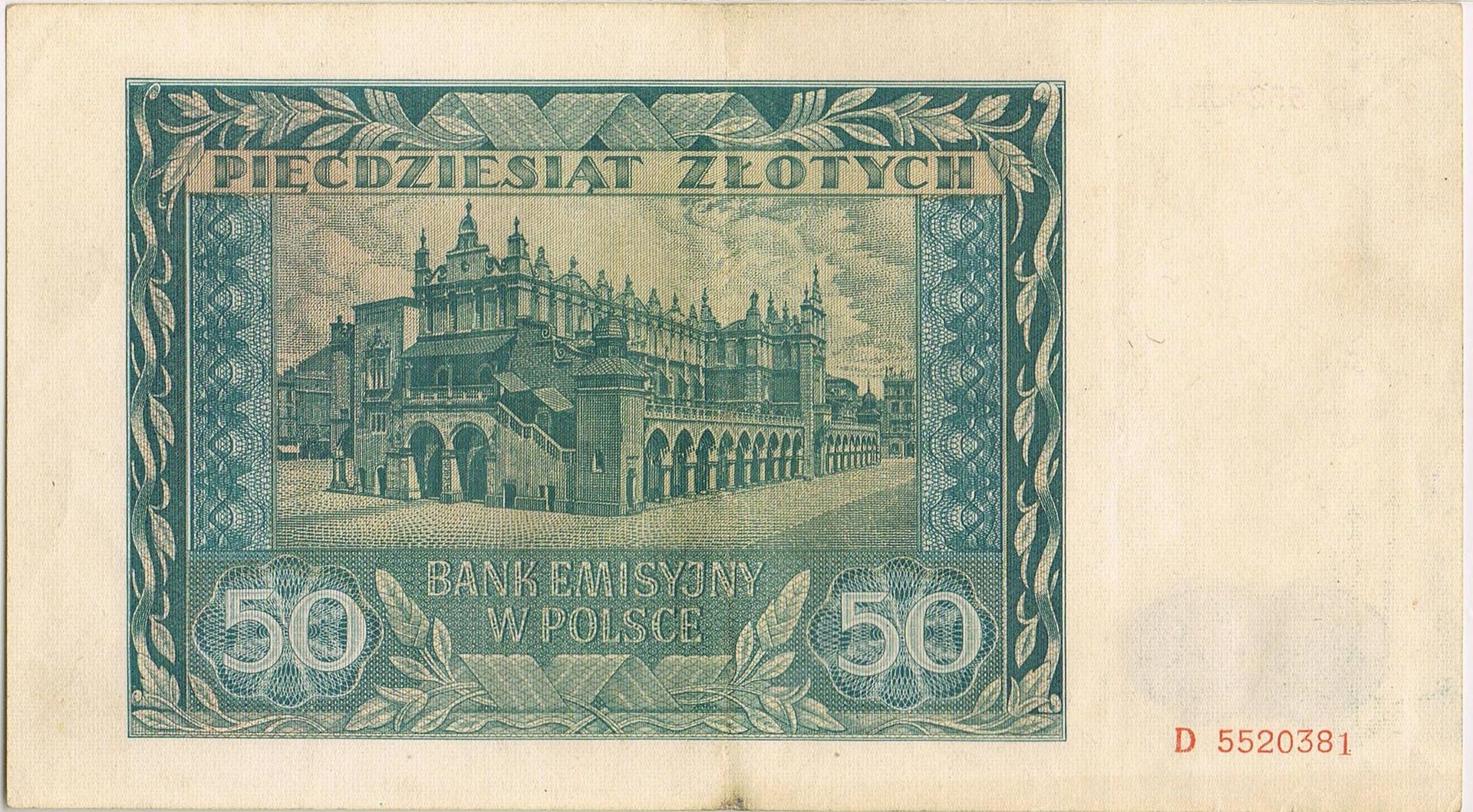Cloth Hall in Krakow
7.28

Overview
The Cloth Hall, a historic building located in the Main Market Square in Kraków, boasts a rich history dating back to the 13th century. Initially, in 1257, Prince Bolesław the Chaste committed to constructing stone stalls, which over time evolved into a Gothic structure that stood until 1555, when the building was destroyed by fire. Between 1556 and 1559, the Cloth Hall was rebuilt in the Renaissance style under the direction of master architect Pankracy, with the addition of a distinctive attic adorned with mascarons and columned loggias. A 19th-century renovation, carried out according to Tomasz Pryliński's design, transformed the interior layout, creating a lower trading hall and adapting the upper hall into a museum. Today, the ground floor houses stalls selling jewelry and handicrafts, while the upper floor is home to the Gallery of 19th-Century Polish Painting and Sculpture, part of the National Museum. An interesting fact is that the Cloth Hall was featured on the 50-złoty banknotes issued by the General Government during World War II. Beneath the building lie the Underground of the Main Market Square, offering visitors a unique architectural experience. The interior of the Cloth Hall is decorated with mascarons, sculptures, and heraldic representations, while its facade features Latin inscriptions reminding viewers of the importance of customs and laws in the functioning of society. As a symbol of Kraków, the Cloth Hall attracts both tourists and locals, blending architecture, history, and culture into a single iconic landmark.
Location
Tickets
Powered by GetYourGuide
2025 Wizytor | All Rights Reserved


